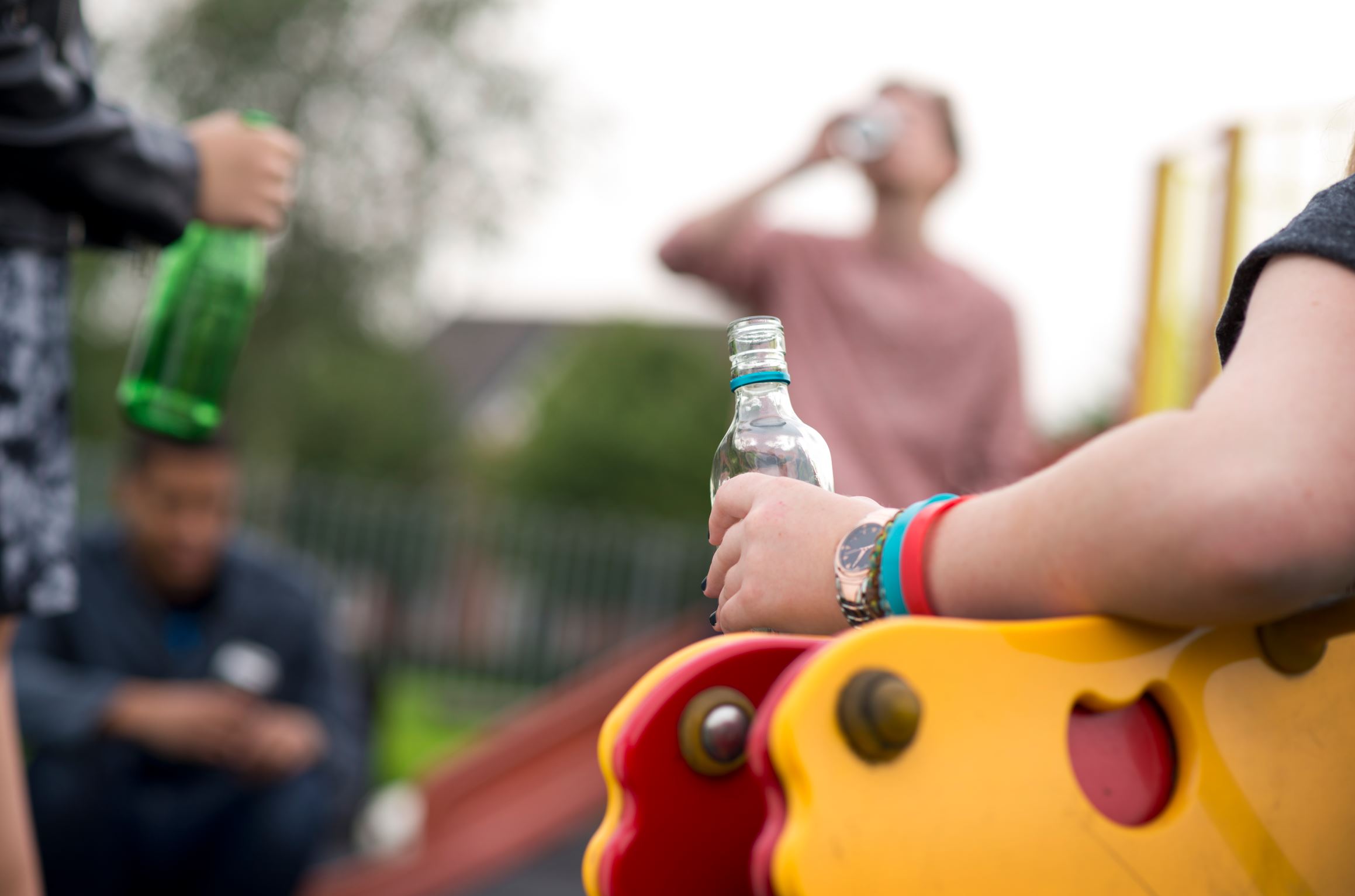Led by researcher Joelie Mandzufas from Telethon Kids Institute, the study assessed the size, setting, location and content of alcohol advertisements that appear within 500m of 64 randomly selected schools across the city.
In what Mandzufas deems a significant finding, school zones that had a liquor store were found to have on average 30 times more alcohol advertising than those that didn’t.
Some 56 per cent of all school audit zones had at least one alcohol advertisement, with an average number of 5.9 ads per zone.
Tellingly, the majority (97.9 per cent) of ads were in the 38 school zones that also contained a liquor store.
“We know that exposure to alcohol marketing can influence young people’s attitudes towards alcohol, but also their intentions to consume and their actual consumption behaviours,” Mandzufas told EducationHQ in light of the results.
Although media literacy education is a critical tool to arm students with the knowledge and skills to decode slick marketing messages and to make informed choices for themselves, the researcher said the situation really demands broader policy attention.
“Certainly, one strategy is placing restrictions around the zones surrounding schools – that would be ideal,” she said.
“But with our study finding that the advertising is co-located with liquor stores, then that’s another whole kettle of fish, because then you’re talking about restricting actual outlets within that zone.
“I think that that is certainly something that we could be advocating for, particularly in future planning.”
Schools too, are well-placed to be advocating for improvements to their surrounding environment, Mandzufas noted.
“Whether that’s from school leadership, or from the parent group, or the kids themselves, I think that having that community activism and advocacy placed within the people who are most affected by it would be really important.”
The research forms part of a bigger study that’s investigating the nature and content of all outdoor advertising that appears in close proximity to schools.
“Primarily, our research team was looking for unhealthy food (advertising). We recognised that 50 per cent of all ads were for food, and 70 per cent of these were for unhealthy food – a lot of were for alcohol,” Mandzufas explains.
The teen-targeted nature of outdoor food and drink ads near schools has come under increasing scrutiny.
A recent study by researchers from the Telethon Kids Institute unpacked the potent marketing power of these ads, finding alcohol advertisements around schools had the “highest average marketing power score” and contained the most marketing tactics of all.
The research found more than 90 per cent of outdoor alcohol advertisements in school zones had branding or logos present.
“Previous research has shown adolescents to be very receptive to alcohol branding, with alcohol brands advertised on television being four times more likely to be consumed by adolescents than brands that do not appear on television…” the study noted.
Research has also found alcohol advertisements to be “powerful and appealing” to adolescents, the researchers flagged.
“For example, an Australian study presented a range of alcohol advertisements on multiple advertising platforms (television, radio and social networking sites) to adolescents and found for certain types of alcohol, such as cider, 60 per cent of adolescents reported finding the alcohol advertisements “quite a bit” or “very much” appealing.”
Meanwhile, Cancer Council WA is encouraging members of the community to write in with examples of alcohol ads targeting children and young people that they find of concern.
“We then aim to support community members to take action. Whether that’s via a letter to the editor, supporting them with a complaint, or drawing public attention to their concerns,” the Power to Persuade post outlines.














